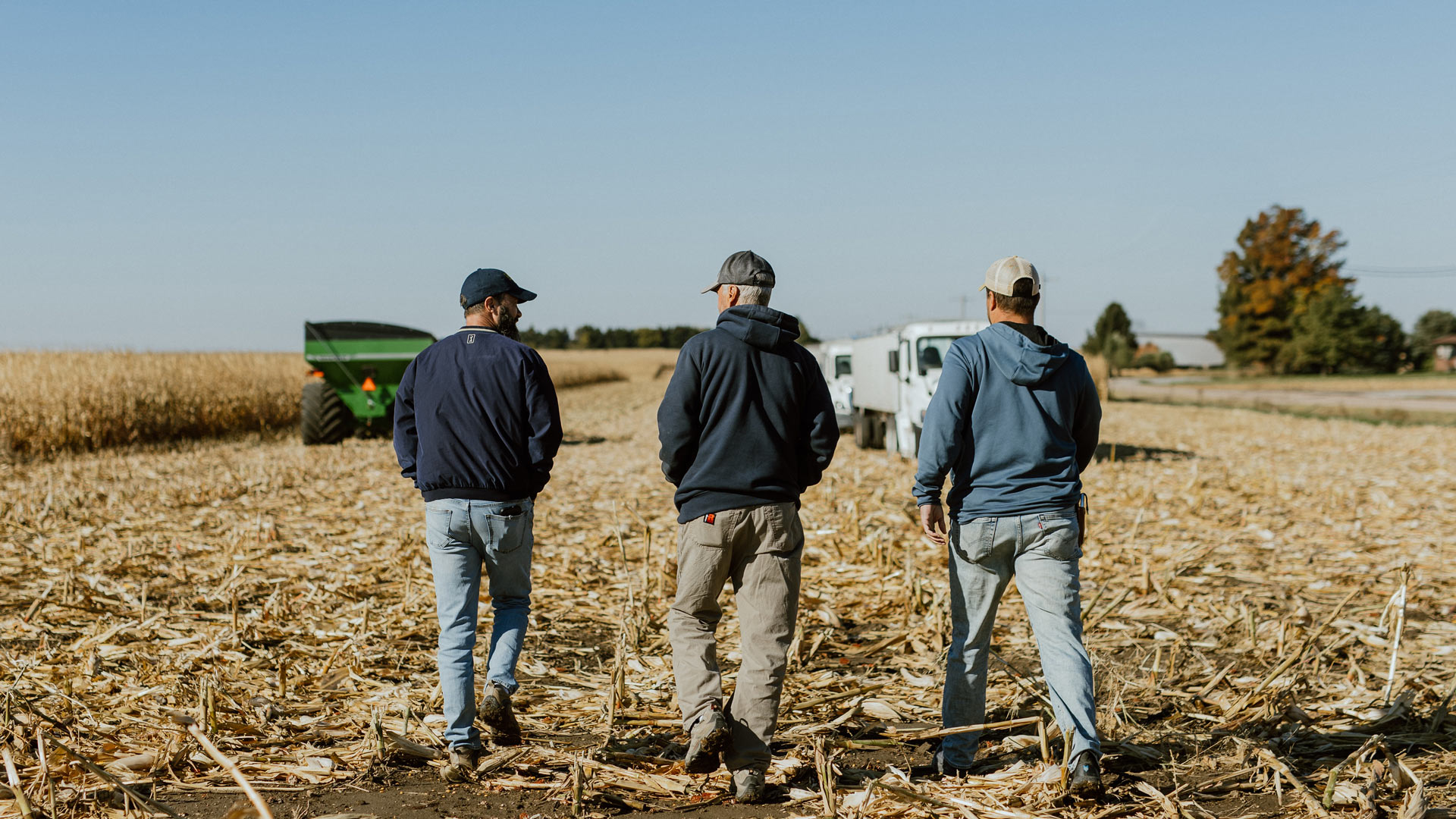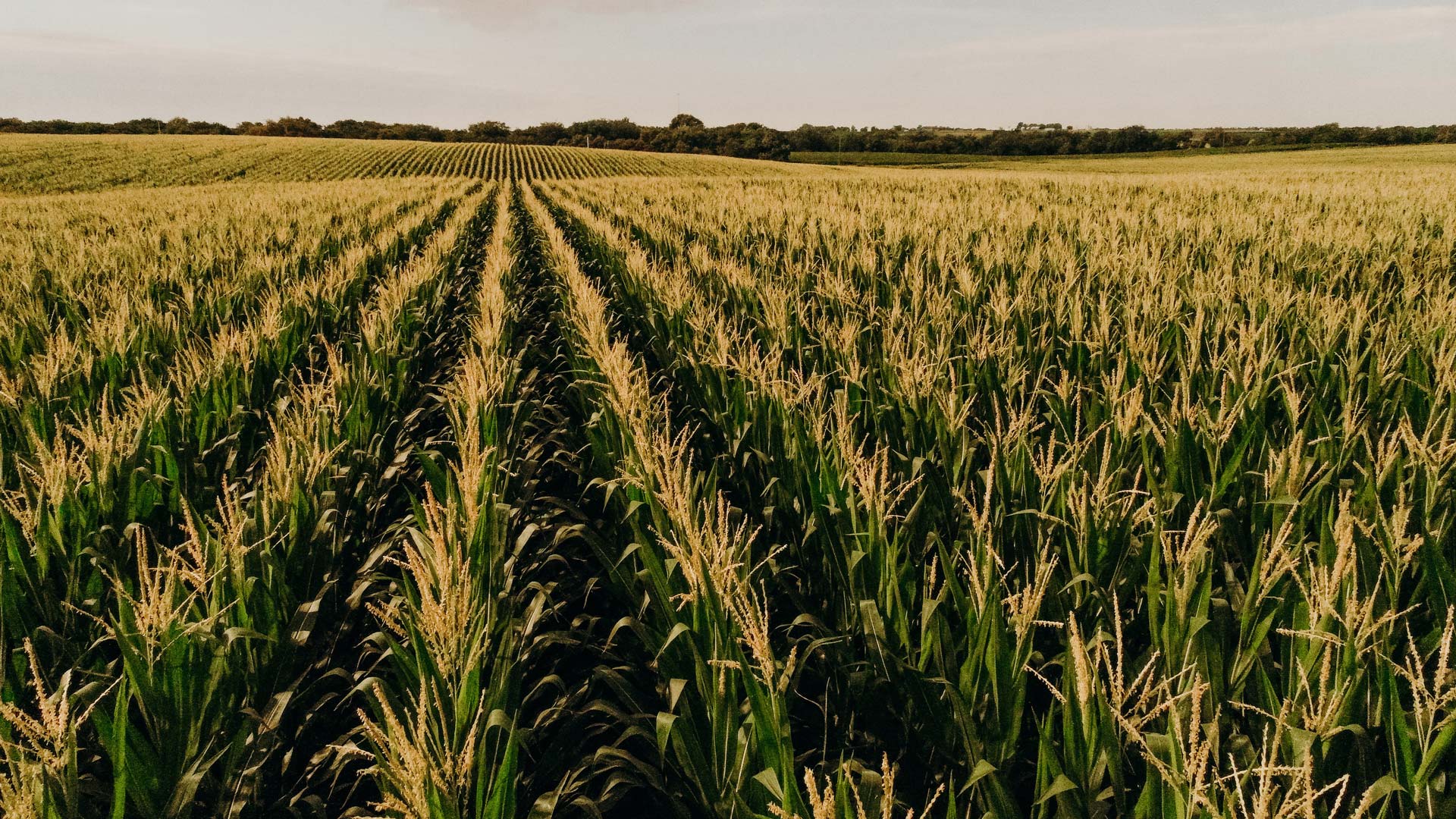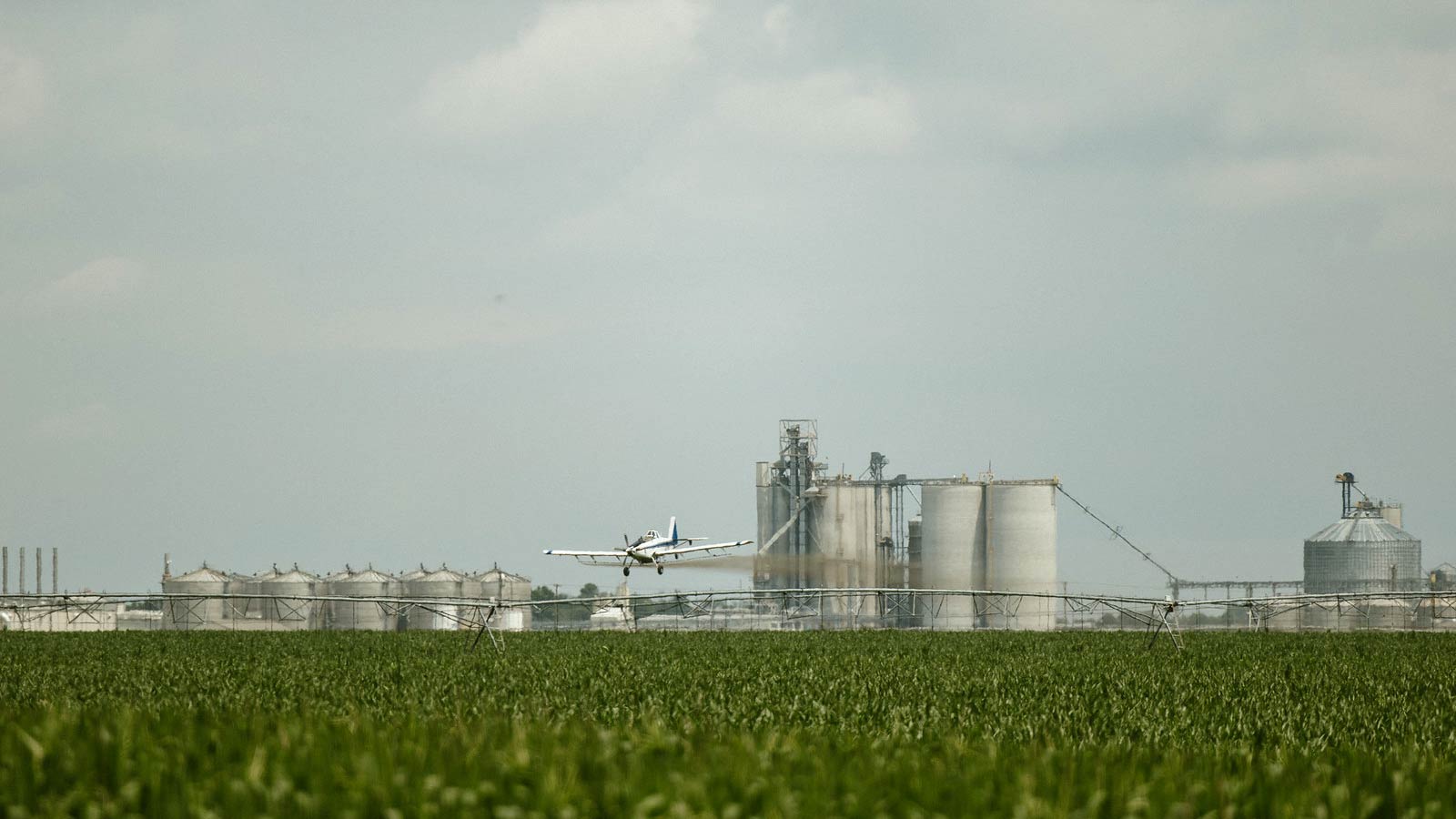Harvest is one of the busiest times of year for Nebraska corn farmers, but the days and weeks after harvest are a critically important part of growing corn. Once the corn is harvested from the fields, farmers take steps to prepare their fields for winter and set the stage for next spring.
Post-harvest practices help replenish essential nutrients, prevent erosion and enhance soil structure. By investing in their fields after the harvest, farmers can improve yields and sustainability for the long term.
How do corn farmers prepare fields for winter? What steps do they take to improve soil health? We asked Nebraska Corn Board member John Krohn how he cares for his fields after harvest, and how those actions benefit his operation—and the overall health of his land.
When Do Farmers Finish Harvesting Corn in Nebraska?
A number of factors impact when farmers finish harvesting their corn, but Krohn’s goal is to harvest his by the end of October. The most common type of corn grown in Nebraska, field corn, is harvested as soon as it is mature, and the kernels are dried and hard. Waiting too long invites problems, such as snow and ice, that could make harvest difficult.
Ways a Nebraska Farmer Cares for Cornfields After Harvest
On Krohn’s farm near Albion, caring for the soil is key. For the past two decades, he’s used no-till farming, which means he grows corn without plowing his fields in the fall or spring. No-till farming keeps soil disturbance to a minimum, reducing erosion in the process.
Many of the actions Krohn takes after harvest are also aimed at reducing soil erosion, as well as putting any missing nutrients back in the soil.
Make sure residue from cornstalks left in the field is spread evenly
One of the first tasks Krohn tackles after harvest starts as soon as the combine is driven down the corn rows. The front of the combine cuts down the cornstalks and draws them into the machine, where the kernels are stripped from the ears of corn. The kernels are stored inside the combine, but the chopped-up pieces of the rest of the corn plant—called the chaff—are blown out the back of the combine.
Krohn says it’s important to make sure the combine spreads an even layer of chaff onto the fields—no big piles or clumps. The chopped-up pieces of cornstalk protect and nourish the field, similar to mulch spread over a flower or garden bed.
“I want to make sure it is spread as good as it can, because that’s essentially setting the stage for a seed bed for next spring,” he said.
Check soil health
An important part of corn farming is monitoring soil condition. After harvest, Krohn uses a soil probe to take soil samples in different areas of his fields. He then checks the samples for nutritional deficiencies to see how much, if any, fertilizer is needed. This enables him to use the minimum amount necessary.
For instance, some areas of the field may already have all the necessary nutrients.
“But then the next spot might be deficient already, so I need to invest my fertilizer dollars in that area, as opposed to the really good areas,” he explained. “So, it just helps me make a better investment.”
Plant/tend to cover crops
Even though corn doesn’t grow after harvest, cover crops grow during the offseason. They help reduce erosion, build soil structure and improve soil health overall. One of the main cover crops Krohn plants is cereal rye, a grass that doesn’t need much water to get started, is good at reducing soil erosion and can grow in colder temperatures.
“That cereal rye, especially, is a great cover crop to anchor that soil in place,” he explained.
He also plants radishes and turnips to help avoid soil compaction. Rooted plants also help stimulate soil microbes, improving soil health.
“I try and keep the biology as active as I possibly can,” Krohn said.
String fence for the cows
Making a fence doesn’t sound like a field-care activity, but it can be. That’s because Krohn grazes cattle in his cornfields after harvest. He has to put up an electric fence—an electrified metal wire strung between posts—to contain them.
The cattle eat cornstalks and any ears of corn the combine missed, gaining valuable nutrition. They also nourish the soil in the cornfield with their manure. The electric fence is temporary, allowing Krohn to graze cattle on different fields, or different sections of a field, and then remove the wire after the cattle are done grazing.
Other Post-Harvest Practices: Preparing the Farm for Winter
In addition to caring for the fields, Krohn also takes several other steps to get things squared away for winter. He cleans and tidies up around his storage bins, drains water out of all his irrigation equipment so the water doesn’t freeze and break the equipment during the winter, and cleans his field equipment. It’s also important to monitor the corn stored in large metal bins on his property, ensuring the kernels are dry and in good condition.
Usually completed by Thanksgiving, these post-harvest crop activities are just some of the ways farmers prepare their farms for winter. By taking these steps, farmers make sure Nebraska cornfields are in good health and produce bountiful yields to make the corn-based food, corn products and ethanol used around the world.
Related Posts
How Precision Agriculture Takes Corn Farming into the Future
Precision agriculture is revolutionizing the way Nebraska corn farmers grow their crops. By using advanced technology and data analytics, growers are able to maximize yields while minimizing waste. This new approach is helping Nebraska [...]




